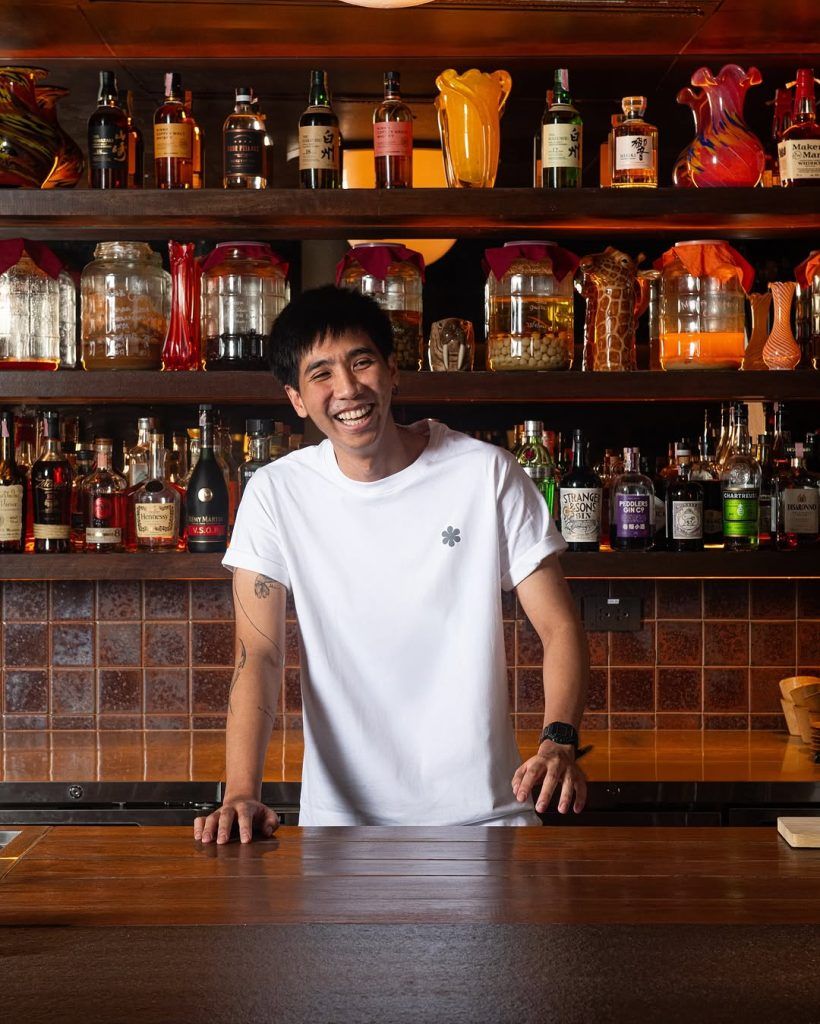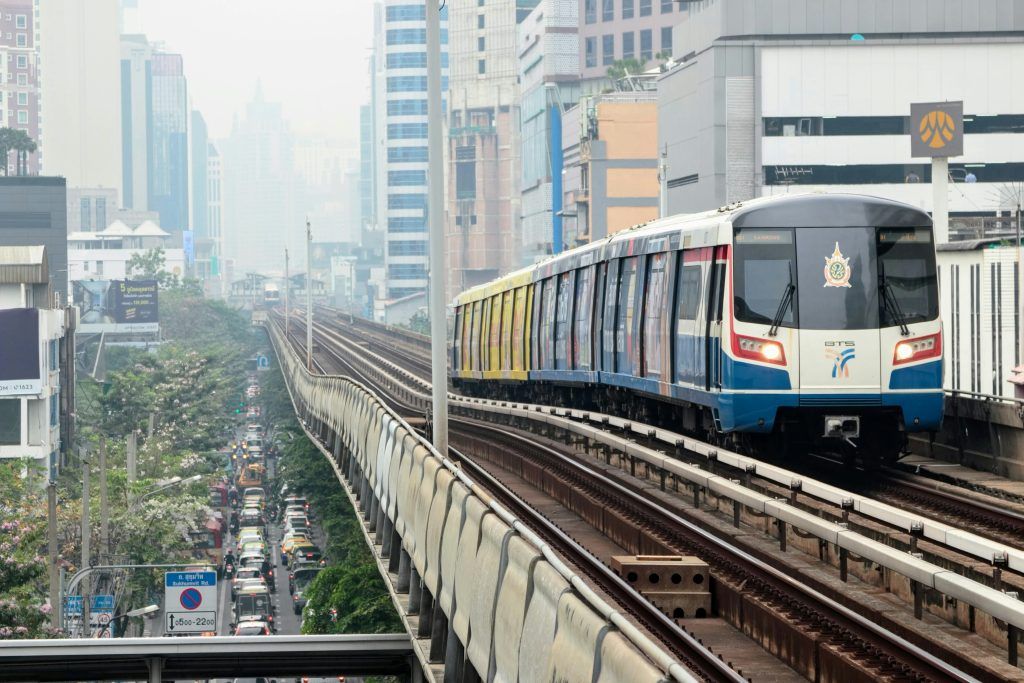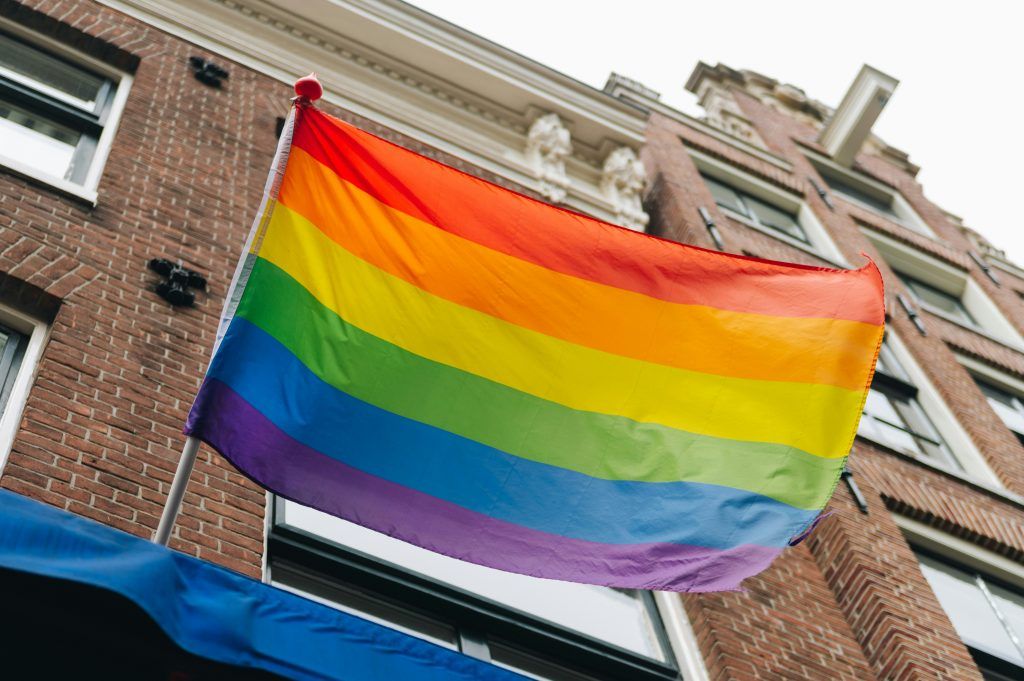Bangkok, you better watch out, we might make you cry. The Lifestyle Asia team has put together their annual Naughty or Nice list in a very personal recap to 2024. Here’s who or what made the cut.
The ‘North Pole Government’ has a very official ‘Department of Christmas Affairs,’ and every year it releases a naughty or nice list, with names that may fall under either category. A Christmas tradition for years now, the digital list stems from the belief that Santa Claus has a list of naughty or nice children, and only the good ones get presents on Christmas.
Ever the fans of being the judge of what’s good or not, the editorial team at Lifestyle Asia has a tradition of putting on their Santa hats and making their own list every December. Personal journeys, new trends, or general global events make it to our list every year, in an annual recap presented bitesize.
This year, the team names celebrity animals as a personal highlight, as well as multiple fictional characters and even real-life criminals. Brat summer and mercury retrogrades shaped our behaviours, and an overpriced cocktail really pushed one writer over the edge. TikTok dances, wine bars, The White Lotus, Wicked, and the glow-up of Lindsay Lohan: it’s all here. See if you agree, and let us know what’s on your Naughty or Nice list this 2024.
[Hero Image Credit: The White Lotus/HBO Max; Featured Image Credit: Chappell Roan via Facebook]
2024 recap: Everything on our Naughty or Nice List this year

Lisa Gries, Creative Content Director
Nice
-Saw Coldplay in concert (looked at the stars)
-Uni Martinis at GOD
-Magnesium before bed
Naughty
-Have been told to stop saying “lit”
-The gin shots at BKK Gin Fest
-NDAs on The White Lotus in Thailand

Eric Surbano, Senior Writer
Nice
–Holding space for the lyrics of “Defying Gravity”
-Krypto the Superdog
-Not just Moo Deng but the entire Knights of the Rotund Table
Naughty
-Elon Musk (again)
-iPhone 16 not having Apple Intelligence on release
-The people singing in a non-sing-along screening of Wicked

Kook Vichayuth Chantan, Content Writer
Nice
–The Rise and Fall of a Midwest Princess
-Luigi Mangione
-Brat Summer
Naughty
–Butterbear
–Emily in Paris getting another season but The OA was never renewed
-That bar that charged me THB 850 for a Gimlet

Pimmi Tipapa Chandarasrivongs, Content Writer
Nice
-Brat Summer, especially the Apple dance
-Chappell Roan playing on repeat
-Lindsay Lohan’s glow up
Naughty
-Mercury retrogrades and the full moon shenanigans
–Moo Deng (no hate)
-My name is Regina Georgeeeee – Mean Girls The Musical

Nafisa Singhsachathet, Content Writer
Nice
-Finding a job a month after graduating uni, thank you Burdaluxury for saving me from unemployment
-Modkaew wine bar for getting me drunk but never letting me fall off my stool
-Booktok fuelling my romantasy addiction
Naughty
-Remembering that all the BookTok men I love are indeed fictional
-Planning out multiple vacations in my head and then realising my bank account thinks I should just stay home
-Bangkok driving still scaring me out of getting a license


















